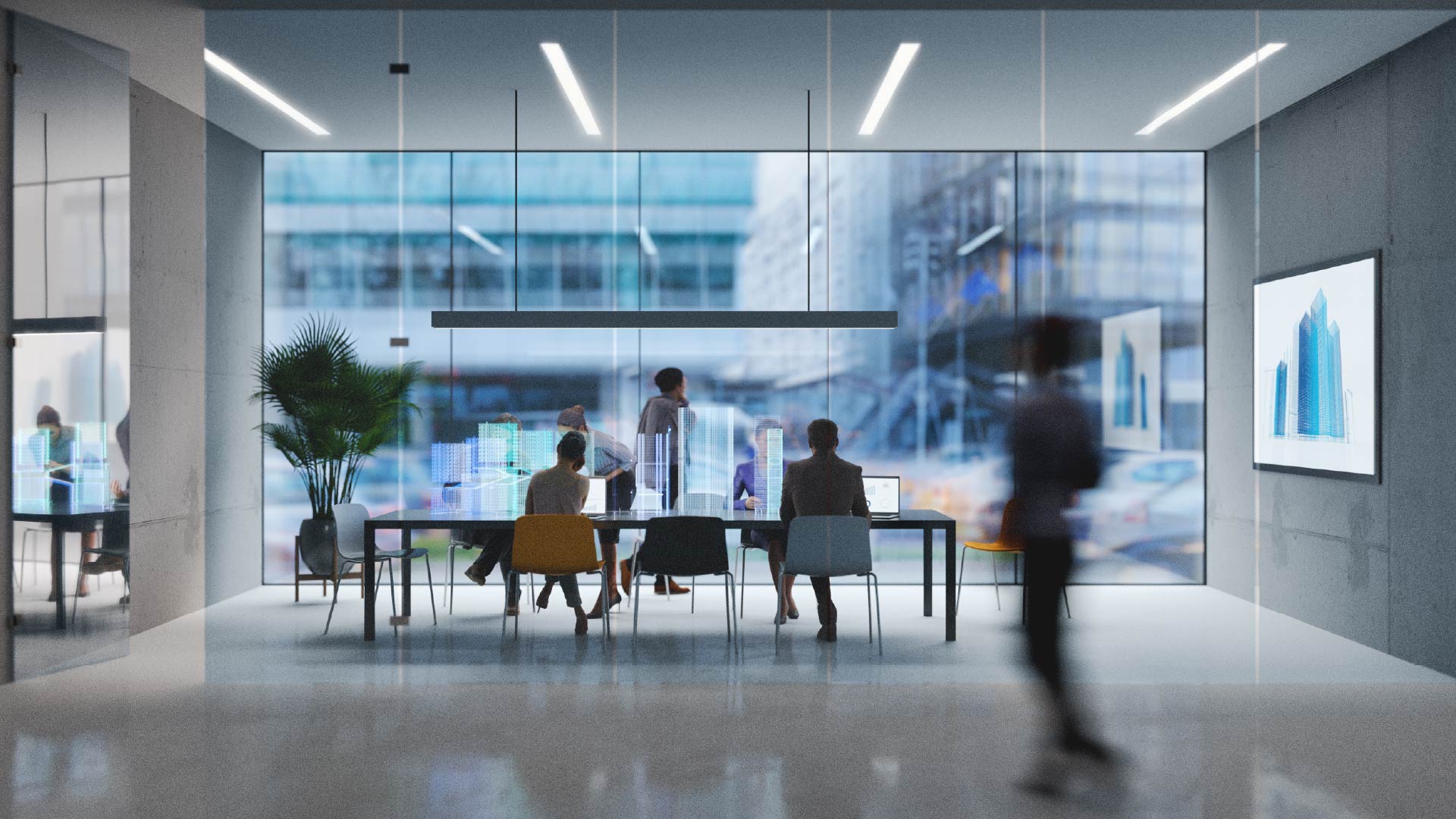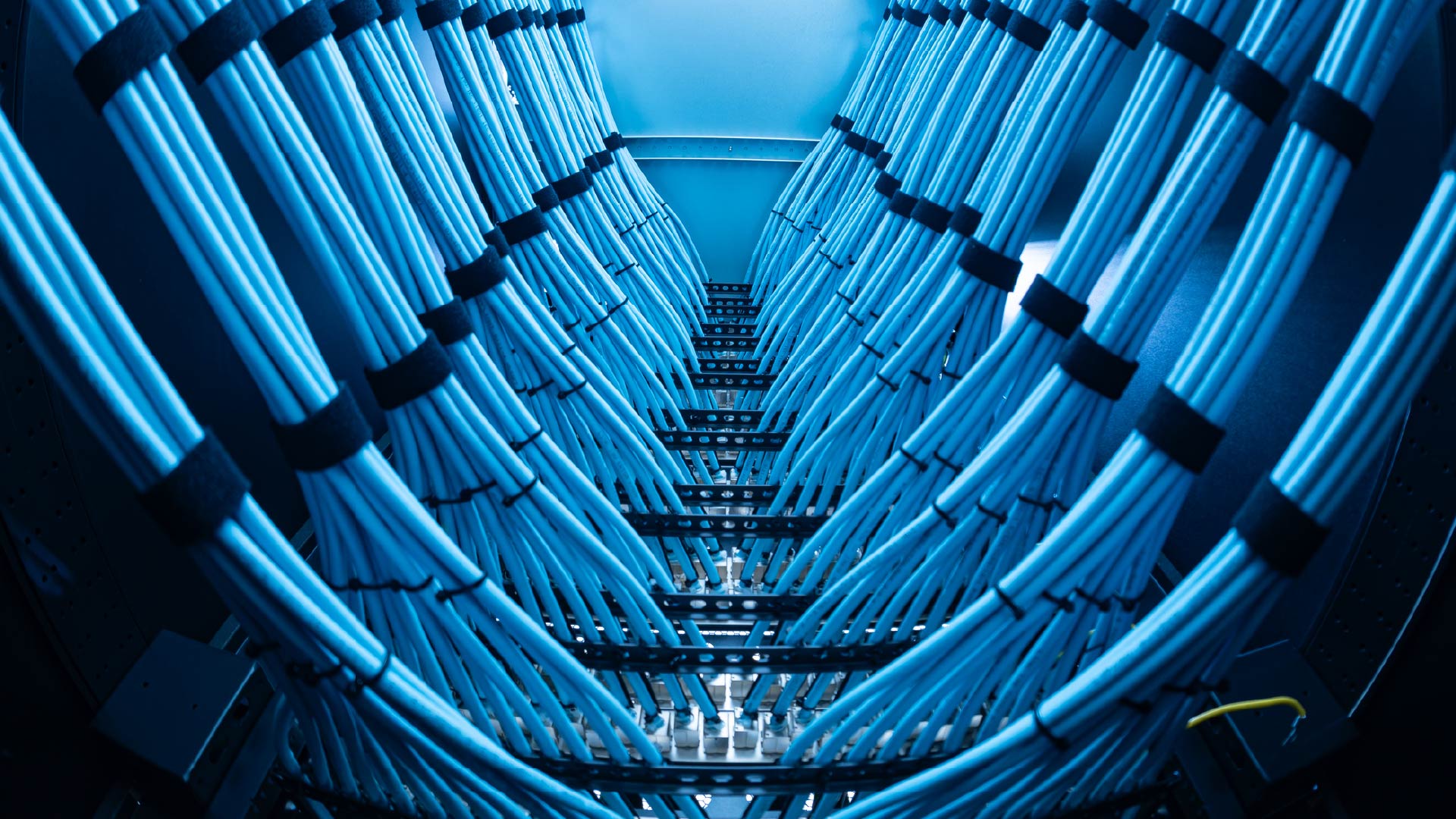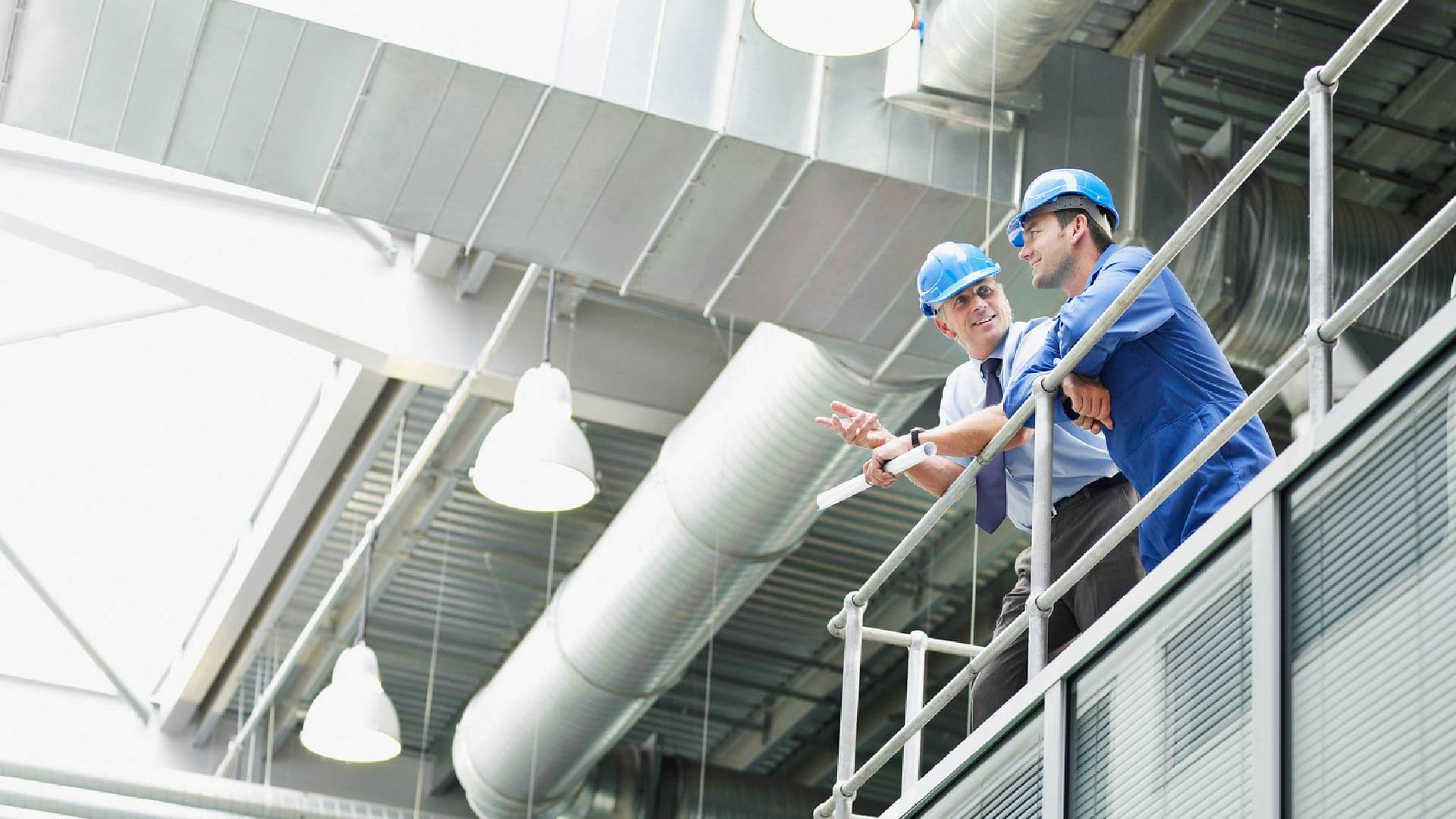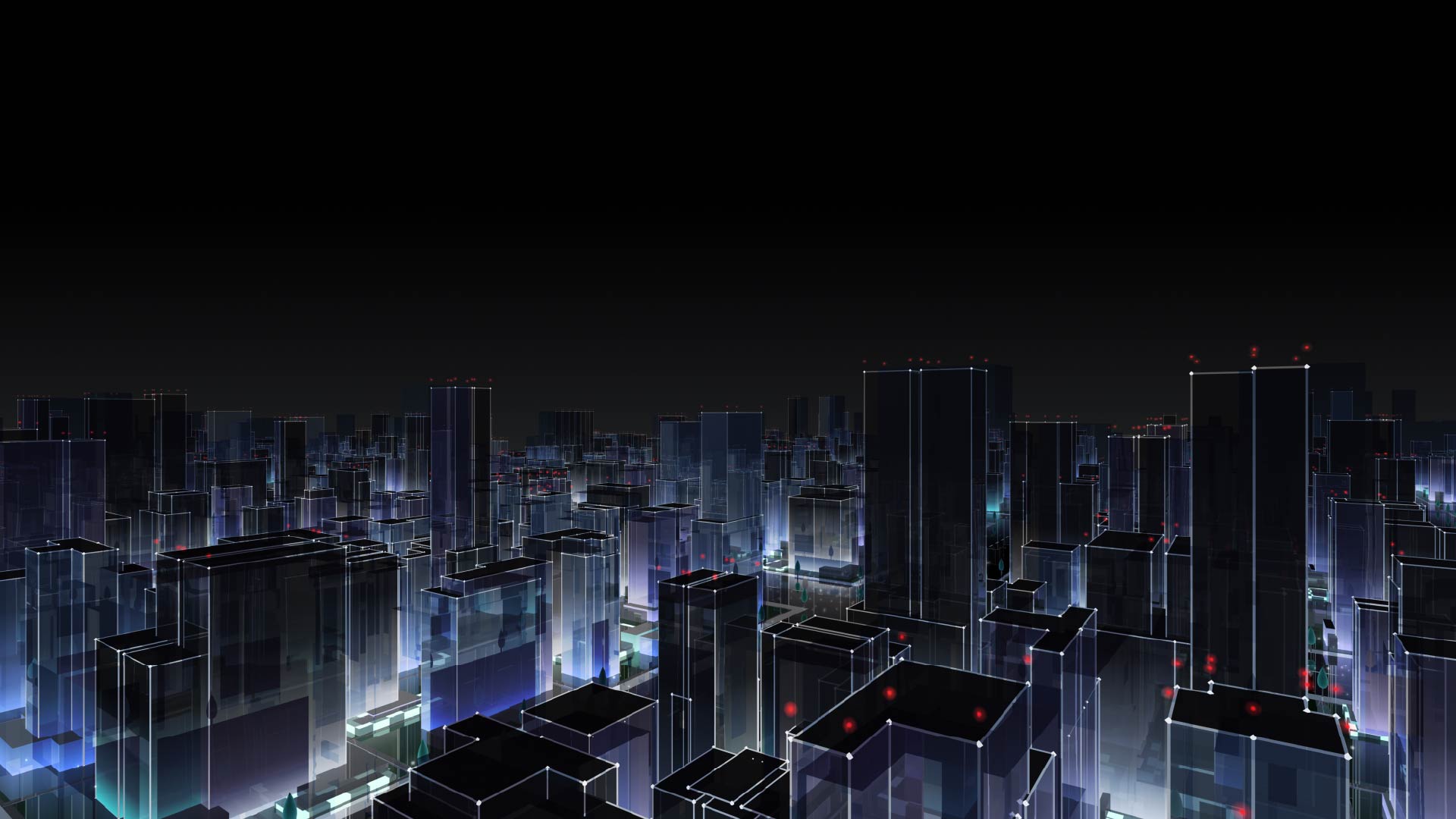Real Estate Industry Realizes AI And IoT Potential Through Digital Building Platforms
The promises of digital transformation within the built environment are coming within reach of more and more building owners and operators. From large building management technology incumbents to specialty IoT-enabled solution providers, the digital building platform vendor landscape is expanding and evolving its capabilities for both enterprises and small-to-midsize properties to capitalize on more modern, cloud-based computing. The barriers to entry continue to drop, for both vendors and users, as underlying building data, equipment and systems become more connected and accessible. Processing IoT data is becoming table stakes for digital building platforms. The blending of IoT and all other data – from building systems to external data sources – to assess and respond to real-time conditions is raising the bar on obtaining value from connected building equipment and sensors.
Many digital building platform vendors are approaching the market with value propositions based on current market interests, especially in the energy optimization arena. Thus, a product that was presented as a smart building IoT platform in the past could now be marketed as an energy management solution, and perhaps tomorrow as a sustainability offering. As digital platforms further aggregate information and processes across functional areas, the lines between verticals for building applications will blur rapidly – expanding across many facets of the built environment. This may include a convergence of building operations, fault detection and diagnostics, maintenance, and asset management; and then further integration with security and safety, space and workplace, and occupant services.
Digital building platform advancements are also increasingly influencing vendor go-to-market strategies and how organizations acquire technology – especially in the move to more subscription-based licensing models and the increased emphasis on services-driven delivery. The added connectivity offered by cloud computing not only fuels applications that support remote access and processing for customers, but also provides the avenue for vendors – and their partners – to offer added monitoring and optimization services, as well as engineering, consulting and fully managed remote services.
A key development to watch is the expanding use of data science and AI. As vendors capitalize on aggregating and correlating data and roll out AI optimization modules, they are collaborating closely with customers, homing in on their specific goals and unique data and integration needs. Add in these providers’ critical understanding of the built environment and base of experience, and vendors are positioning themselves to become trusted business and operational advisors – not just purveyors of technology.
Find out more about advances in digital building platforms with the Verdantix 2024 Green Quadrant report – Green Quadrant: IoT Digital Platforms For Building Operations 2024.
About The Author

Sandy Rogers
Principal Analyst

Claire Stephens
Research Director





